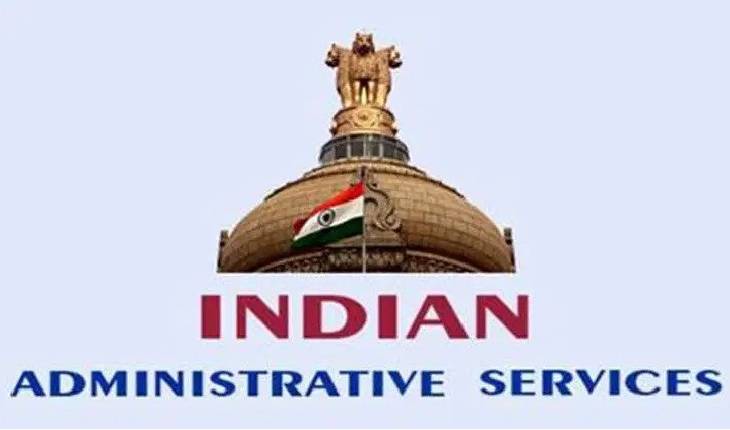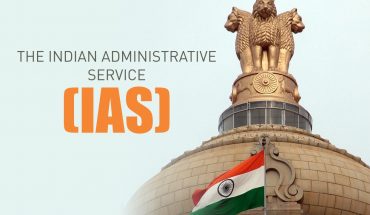When you speak to an education expert in Chennai, they will extoll the history of it and the absolute requirement for it. One topic that occurs like a leitmotif in education in the cultural capital of India is IAS. A colossal chunk of the youth in Chennai is opting to take the civil services career path. It means that education in the metropolis is slowly bending towards preparation for the UPSC conducted exam.
With such demand for IAS, it behoves the aspirants to be aware of the Evolution of IAS System. How it came to be and how it has changed today. This brief article gives a glimpse of civil services as it began during the British Raj.
Read More About : Lessons To Learn From The Evolution Of Indian Civil Servant (ICS/IAS) System
During colonial times IAS was referred to as Indian Civil Services, and it included two groups of civil officers:
- The covenanted servants were the higher employees who entered a covenant or agreement with the East India Company.
- The uncovenanted servants were employees that help lower positions and did not sign any agreement.
When the Imperial Civil Services of India was constituted on the advice of the Public Service Commission, the two groups, covenanted and uncovenanted, were eradicated.
The Indian Constitution named only two all India services at that point. They were IAS and IPS, but a provision allowed the creation of more services as long as the Rajya Sabha voted with a two-thirds majority. Both the IFS and the Indian Engineering Services were created through this proviso when the leaders realized that running a vast country like ours demands more officers.
Today, all civil officers, be it IAS, IPS, IFS or others, are responsible for the management and administration of the economic, human, and natural resources of India.






